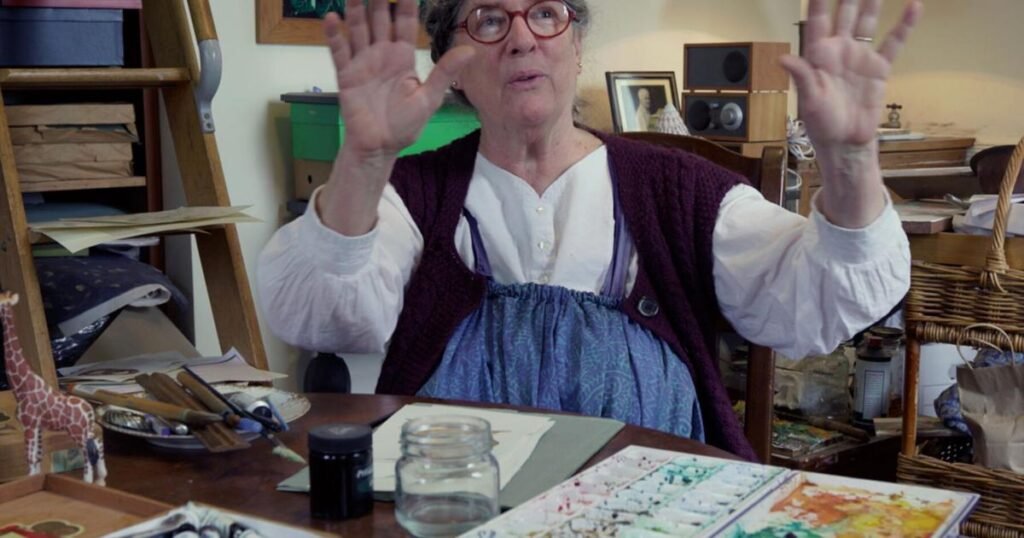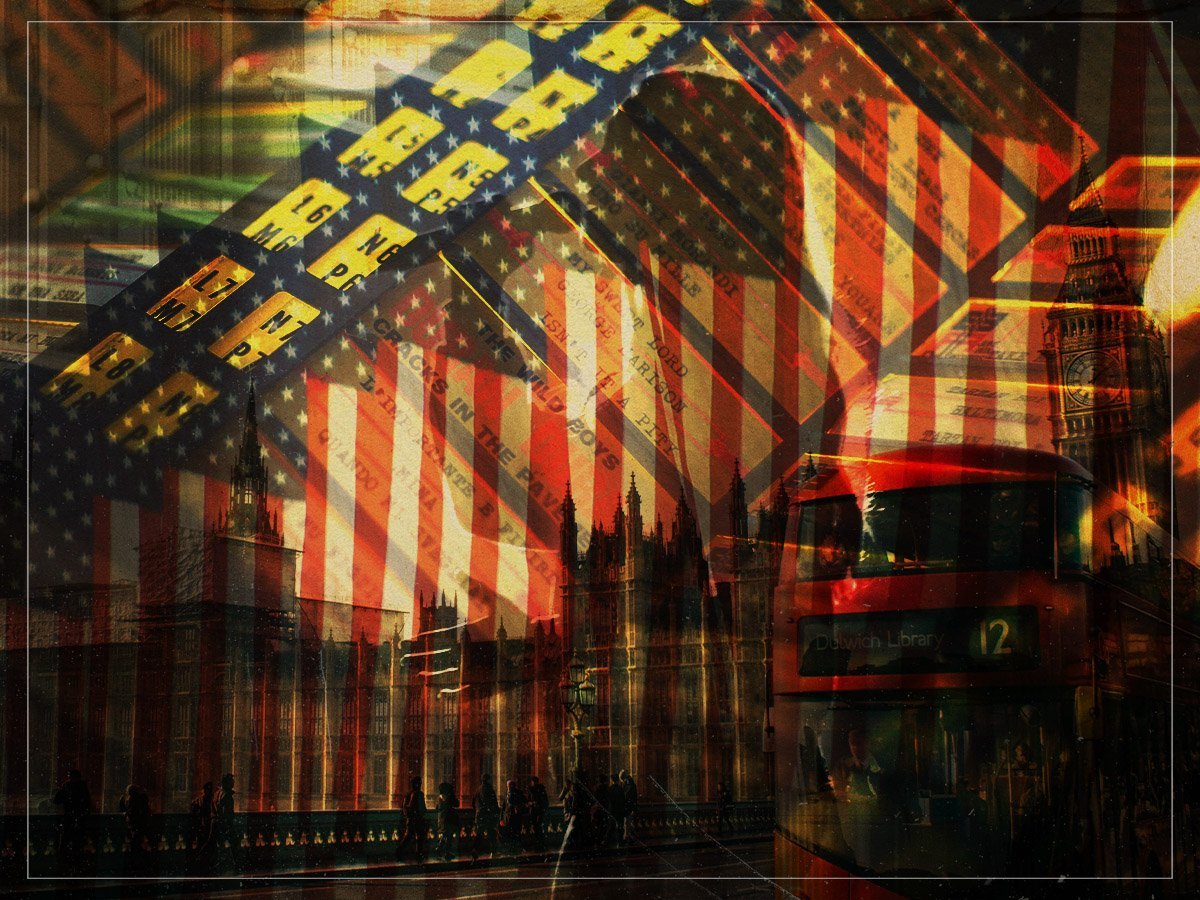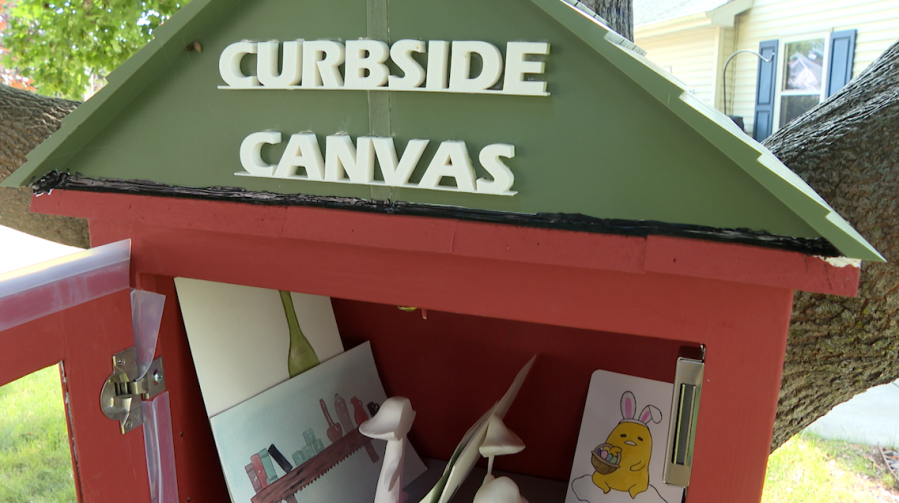In the opening minutes of the short film “Wrestling the Angel,” Berkeley-based artist Ann Arnold tells a story. Long ago in ancient Greece, one too many goddesses were in love with a mortal called Adonis. The god Zeus created a compromise: Adonis would spend a third of the year with Persephone in the underworld, a third of the year with Aphrodite and the last third wherever he pleased. When Adonis was held by Persephone in the underworld, he was asked what he missed the most about his home above ground. He answered, “Loveliest of what I’ve left behind are the light of the sun, the shining stars, the face of the moon and ripe cucumbers, apples and pears.”
Arnold’s still-life paintings find a similar magic in these daily miracles, affording attention and complexity to the things we see everyday — an apricot, a loaf of bread, a bug. “Wrestling the Angel,” directed by Fiona McDougall and Jonathan Villet, documents Arnold’s career and ethos as an artist as she navigates a cancer diagnosis, calling upon art and literature as tools to make sense of life’s many mysteries.
I first came upon Ann Arnold’s art while working at a bookstore in high school. Organizing the children’s section one afternoon, I found “Fanny in France,” a book written by Chez Panisse founder Alice Waters and illustrated by Arnold. It follows Waters’ daughter through a series of culinary adventures, but Arnold’s illustrations took me into another world — one with rolling blue oceans, tiled floors and perfect omelets. The illustrations gave a glowing beauty to things I rarely thought about when I was 16. For the first time, sitting on the concrete floor of the bookstore, I wondered how my parents made omelets. How could such simple, everyday things be so wonderful? And why did it feel like something important could be learned from them?
I had the opportunity to discuss these questions with Arnold on a hot afternoon this September, over a warm apricot tart and homemade ginger beer. Her Victorian home in Berkeley houses her art studio, personal library and garden, filled with flowers and fruit trees. Arnold’s art expands far beyond the realm of book illustrations; she primarily paints rich still lifes on wooden boards and tiles, many of which are based on the same fruit that backdropped our conversation. This fascination with the everyday speaks to a larger fascination with what it means to be a person, in all its beautiful complexities.
Arnold often draws upon ancient stories and poems as a source of inspiration — Aesop’s Fables, Biblical narratives and Greek mythology figure largely in her work.
“Those stories speak to the core of what it means to be a person,” Arnold said in our interview.
Fables and myths are often ambiguous. Everyone seems to know a slightly different version and to have ascertained a slightly different meaning from it. However, that ambiguity is precisely what gives these stories their strength. They become malleable — we can apply the morals of Aesop or Greek myth to our own lives and our own art and attempt to learn from the mistakes and successes of our very human predecessors.
“The ancients,” Arnold noted, “have wisdom for us that we can tap into, if we bother to pay attention.”
Arnold is certainly paying attention to that wisdom — and translating it into visual mediums with her personal touch. One of her recent tile pieces recounts Aesop’s story of the crow and the fox: after begging a crow to sing, a fox tricks it into dropping a piece of cheese out of its mouth and into the fox’s grasp. The story is often seen as a warning about falling prey to flattery, but Arnold interprets it differently. In “Wrestling the Angel,” she suggests that the crow falls for the fox’s flattery because he does not know himself well enough.
“I think that in art, as I’m exploring a topic, there’s layers to it,” Arnold said. “As you’re working on a project that involves some of this imagery, you’re delving into it and seeing what it is for yourself.”
In “Wrestling the Angel,” Arnold cites the Adonis myth as a motif for still-life painting.
“That is what still life is,” Arnold said, holding her hands above her work desk. “Recognizing the beauty of these everyday growing things that are around us, that we take for granted.”
She captures that everyday beauty in her work — even a painting of butter knife beside a loaf of bread seems tactile and layered.
Arnold achieves this look by working on wooden boards that have been prepped with rabbit-skin glue and true gesso, a fine powder made from marble dust and titanium white. From there, she applies several layers of oil paint. During our interview, Arnold showed me a small oil painting of a single glowing apricot. The piece was the same size as its subject, painted on a slim rectangle of wood. Looking at the image, I could vividly imagine how the apricot might feel in my palm: small and radiant, like a tiny moon.
Rhapsodizing about her passion for Renaissance medallions and mottos, Arnold quoted Renaissance bookmaker Aldus Manutius. The motto of his press was festina lente: make haste slowly. In “Wrestling the Angel,” Arnold discusses another Latin motto, carpe diem: seize the day. These Latin phrases have always felt condensed and portable, like a piece of fruit. You can put one in your pocket and take it anywhere. Arnold’s art is a perfect match for these pointed phrases, seizing ordinary objects with a gentle hand and reveling in their luminous wonder.
A special screening of the poetic documentary Wrestling the Angel, 23 minutes long, takes place 10 am Saturday Nov 2nd at the Berkeley Public Library, 2090 Kittredge Street, Berkeley 94704. Ann Arnold, the artist, and filmmakers Jonathan Villet and Fiona McDougall will participate in a Q&A session after the show. Sign up www.WrestlingAngel.com






